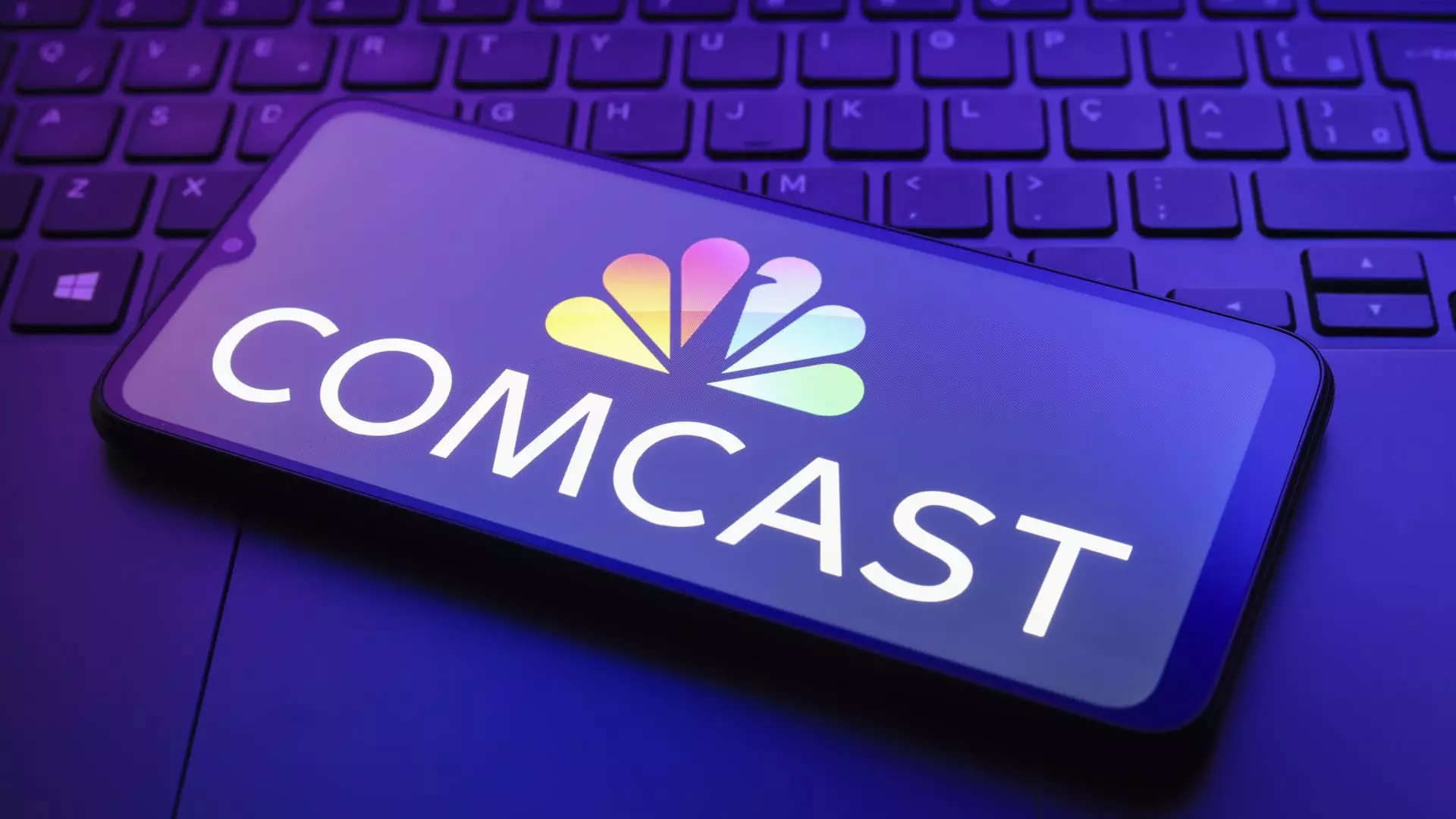In an era where marketers constantly seek innovative ways to engage consumers, Comcast’s introduction of Universal Ads marks a pivotal shift aimed predominantly at smaller businesses. With this platform, Comcast aspires to simplify ad purchases and channel a portion of advertising budgets that have traditionally flowed toward social media and digital platforms back into more conventional outlets, particularly those associated with streaming services.
The official announcement of Universal Ads coincided with the upcoming CES tech conference in Las Vegas, a strategic move that underscores the company’s commitment to influencing the rapidly evolving advertising sector. By collaborating with an impressive roster of media giants, Comcast hopes to create a comprehensive and user-friendly framework for purchasing ad space.
A Streamlined Approach for Advertisers
Mark Marshall, NBCUniversal’s chairman of global advertising and partnerships, articulated a vision focused on inclusivity: “Universal Ads is intended to create new demand from advertisers who have not traditionally worked with us.” This sentiment reflects an understanding that small- and medium-sized businesses often find the existing advertising processes convoluted and counterintuitive. In contrast, Universal Ads is designed to replicate the streamlined ad purchasing experiences found on popular social media platforms like Meta and TikTok.
James Rooke, president of Comcast Advertising, emphasized the complicated nature of traditional media transactions compared to the simplicity of digital platforms. The new venture looks to bridge this gap, presenting a platform that invites diverse advertisers while maintaining a focus on both streamlining workflows and enhancing user experience.
The introduction of Universal Ads comes at a time when the media landscape is undergoing critical transformations. Consumers are increasingly gravitating toward streaming services over traditional television, while social media platforms continue to solidify their dominance in the ad revenue sector. Examples like YouTube and platforms like TikTok have disrupted traditional media by capturing significant viewer attention, particularly among younger demographics.
Marshall pointed out this shift by noting the sheer scale of advertisers on tech platforms. With over ten million advertisers engaged in search and social media through companies like Meta, traditional networks like NBCUniversal find themselves operating in a drastically altered landscape. This disparity brings to light the necessity for traditional media to adapt and innovate continuously.
Universal Ads not only seeks to attract small and medium-sized businesses but aims to optimally position itself against well-established digital platforms that command most of the advertising marketplace. The anticipation is that this approach will foster an environment where advertisers possess better access and tools, thereby leveling the playing field.
Moreover, Comcast’s use of its ad tech company FreeWheel to create a free, self-service platform reflects a strategic investment in necessary infrastructure to support this initiative. By integrating automated AI tools for ad creation, Universal Ads addresses a significant pain point for smaller enterprises that may lack substantial marketing resources.
As Rooke noted, the advertising market requires aggressive strategies to reclaim growth for traditional media, stating, “You can continue to compete in a diminishing market, or you can go on offense and you can go after where the growth is.” Thus, Comcast’s latest venture can be interpreted as not only defensively counteracting existing trends but also proactively crafting future advertising avenues.
The Future of Advertising: Bridging Gaps and Creating Connections
Despite uncertainty regarding the immediate impact of Universal Ads, the platform undeniably represents a concerted effort to inject new life into traditional media advertising. With the collaborative backing of fellow media giants, Comcast’s initiative offers hope for smaller advertisers traditionally sidelined by the complexities of ad purchasing.
From leveraging shared networks to providing tailored solutions, the importance of Universal Ads extends beyond mere transactions; it facilitates connections between advertisers and their desired audiences through premium content channels, particularly in the realm of connected television platforms. This alignment has the potential to cater to the growing demand for efficient and flexible advertising solutions.
Albeit the competitive landscape may seem daunting for traditional media players, Comcast’s Universal Ads underscores a commitment to transformation and accessibility. By harnessing technology and collaboration, the platform aims to redefine advertising dynamics, promising a future where even the smallest businesses can navigate the media landscape with newfound confidence and efficacy.


Leave a Reply